detail profile werner nekes
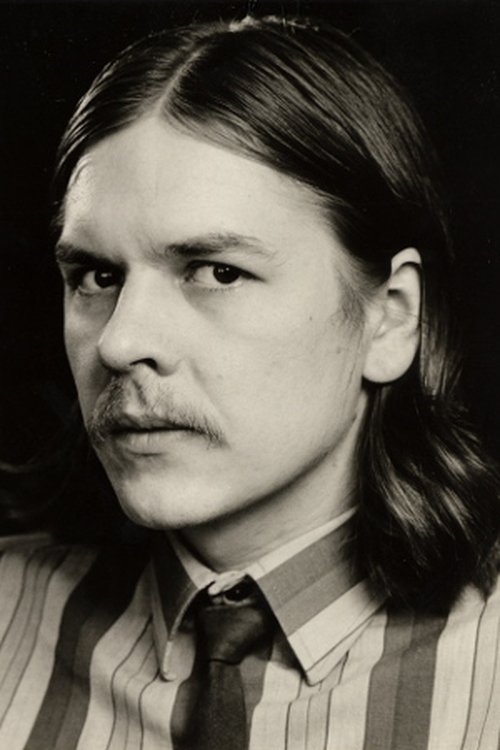
Riwayat Hidup
Werner Nekes was born in 1944 in Erfurt and studied linguistics and psychology in Freiburg.
He then went to Bonn in 1964 where he was a head of the University Film Club and later chairman of the FIAG.
He developed friendships with film directors, sculptors and painters.
These included Dore 0.
, his companion and collaborator since 1967.
He began painting in 1965 with diverse materials and objects.
He started his practice of film with 8mm and went on with 16mm.
He decided to free the film from narration and psychology and organized his films according to temporal units and structural systems.
In spring 1967, his films were rejected by the Kurzfilmtage of Oberhausen.
Thus, Nekes organized a counter-event.
The same year in November, he comes to Hamburg with Dore 0.
, whom he marries the following month.
He was a co-founder of the Hamburg cooperative of filmmakers and was a co-organizer of the « Hamburger Filmschau » in 1967.
From 1973, he travelled all over the world to make seminaries about film theory and retrospectives.
He moved to Mülheim an der Ruhr in summer 1978.
He co-founded the Filmbüro NW in 1980 and the ICNC (International Center for New Cinema) in Riga in 1988.
His work was shown at major international museums and festivals, including The Museum of Modern Art New York, or the Kassel Dokumenta.
He was also a professor: from 1969 to 1972 and 2004 to 2006 at the Academy of Fine Arts (Hochschule für Bildende Künste) in Hamburg, from 1981 to 1982 at Wuppertal University, from 1982 to 1984 at the Kunsthochschule Offenbach, and, from 1990-96 at the Academy of Media Arts in Cologne.
Furthermore, Nekes has compiled one of the most important private collections of artefacts documenting 500 years of pre-cinematographic experiments as well as developments in the early history of film, focusing on spatial and temporal principles of representation.
Info Pribadi
Peran Yang Di Mainkan Werner Nekes
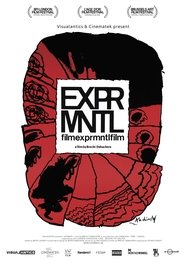 Knokke Belgium A small mundane coastal...
Knokke Belgium A small mundane coastal...EXPRMNTL 2016
Knokke, Belgium. A small mundane coastal town, home to the beau-monde. To compete with Venice and Cannes, the posh casino hosts the second ‘World Festival of Film and the Arts’ in 1949, organised in part by the Royal Cinematheque of Belgium. To celebrate cinema’s 50 year existence, they put together a side program showcasing the medium in all its shapes and forms: surrealist film, absolute film, dadaist films, abstract film,… The side program would soon become a festival in its own right: ‘EXPRMNTL’, dedicated to experimental cinema, and would become a mythical gathering of the avant-garde…
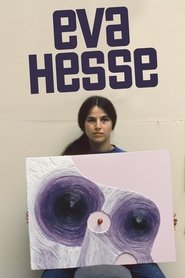 German American artist Eva Hesse 1936 1970 created...
German American artist Eva Hesse 1936 1970 created...Eva Hesse 2016
German American artist Eva Hesse (1936 – 1970) created her innovative art in latex and fiberglass in the whirling aesthetic vortex of 1960s New York. Her flowing forms were in part a reaction to the rigid structures of then-popular minimalism, a male-dominated movement. Hesse’s complicated personal life encompassed not only a chaotic 1930s Germany, but also illness and the immigrant culture of New York in the 1940s. One of the twentieth century’s most intriguing artists, she finally receives her due in this film, an emotionally gripping journey with a gifted woman of great courage.
 The film traces the history of...
The film traces the history of...Beyond the Image 1996
The film traces the history of the camera obscura, the understanding of perspective and anamorphosis, peepshows and it shows the beauty of historical shadowtheaters and shadow toys.
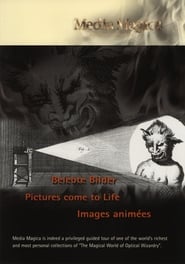 The history of the magic lantern...
The history of the magic lantern...Pictures Come to Life 1996
The history of the magic lantern with demonstrations of moving slides, watertank or polarisation slides, followed by images on paper, which are brought to life with mechanical manipulations, with light shining through them or as panorama.
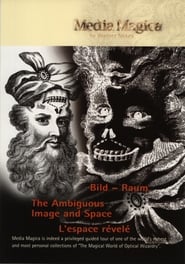 The film looks at ways of...
The film looks at ways of...The Ambiguous Image and Space 1996
The film looks at ways of creating spezial illusions through amiguous images, perspective theatres, folding peepshows and from the 19th century, the stereoscope, which look forward to today’s holography.
 Cinmaton is a 156hour long experimental...
Cinmaton is a 156hour long experimental...Cinématon 1978
Cinématon is a 156-hour long experimental film by French director Gérard Courant. It was the longest film ever released until 2011. Composed over 36 years from 1978 until 2006, it consists of a series of over 2,821 silent vignettes (cinématons), each 3 minutes and 25 seconds long, of various celebrities, artists, journalists and friends of the director, each doing whatever they want for the allotted time. Subjects of the film include directors Barbet Schroeder, Nagisa Oshima, Volker Schlöndorff, Ken Loach, Benjamin Cuq, Youssef Chahine, Wim Wenders, Joseph Losey, Jean-Luc Godard, Samuel Fuller and Terry Gilliam, chess grandmaster Joël Lautier, and actors Roberto Benigni, Stéphane Audran, Julie Delpy and Lesley Chatterley. Gilliam is featured eating a 100-franc note, while Fuller smokes a cigar. Courant's favourite subject was a 7-month-old baby. The film was screened in its then-entirety in Avignon in November 2009 and was screened in Redondo Beach, CA on April 9, 2010.
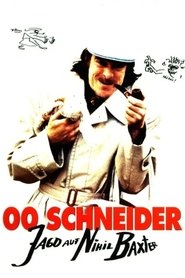 The funny clown Bratislav Metulskie is...
The funny clown Bratislav Metulskie is...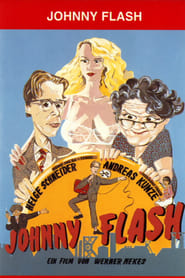 Jurgen is an unknown electrician with...
Jurgen is an unknown electrician with...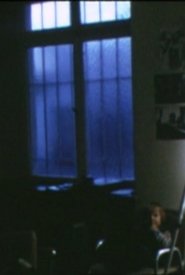 Home movies shot on Super 8mm...
Home movies shot on Super 8mm... Director Werner Nekes has created this...
Director Werner Nekes has created this...